history behind FLESH & STEAL
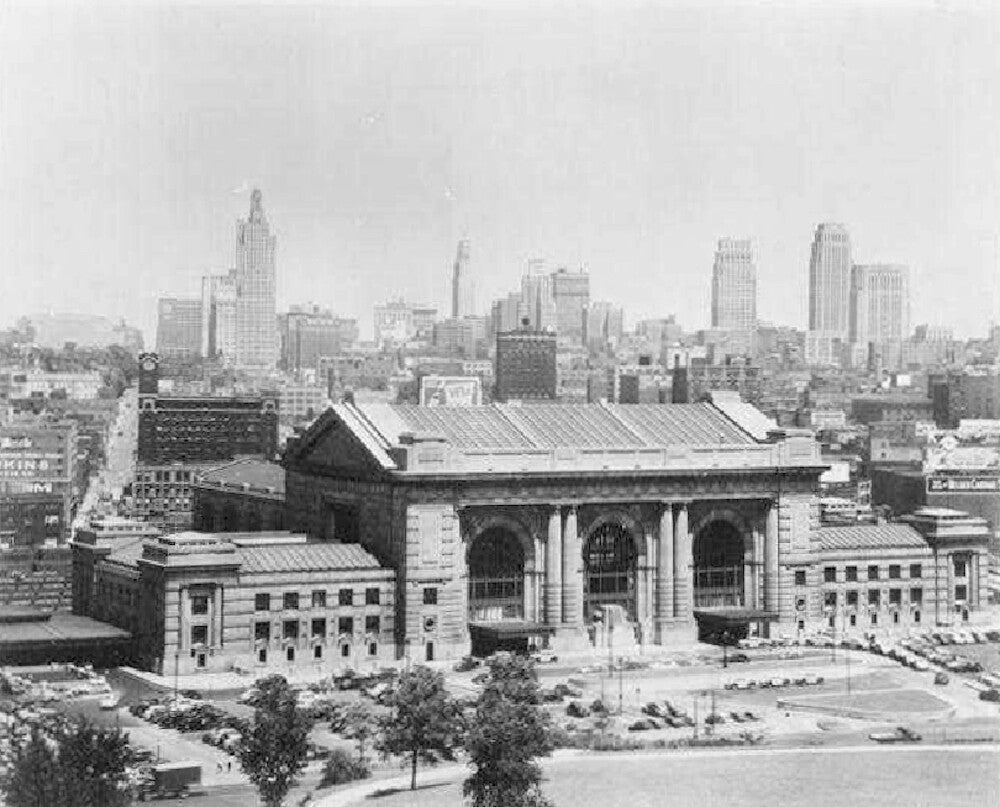
Union Station, Kansas City
During the 1920s, Kansas City's Union Station was a vital hub for rail travel and a center for civic life. The station hosted major events, such as the 1921 Liberty Memorial dedication, provided essential services, such as shoe shining, and served as a symbol of Kansas City's status as a major American city.
A Center for Rail Travel
-
A National Hub: Following its 1914 grand opening, the station quickly became the country's third-largest train station, a testament to Kansas City's central location as the "Heart of America."
-
Services for Travelers: The station offered services that reflected the importance of rail travel, including shoeshine stands that reflected a man's social status and a popular soda fountain for travelers and locals alike.
A Symbol of Civic Life
-
Gathering Place: Union Station was a popular meeting place for locals and travelers alike.
-
Patriotic Significance: In 1921, the station was the site of a major civic event when all five Allied commanders attended the dedication ceremony for the Liberty Memorial.
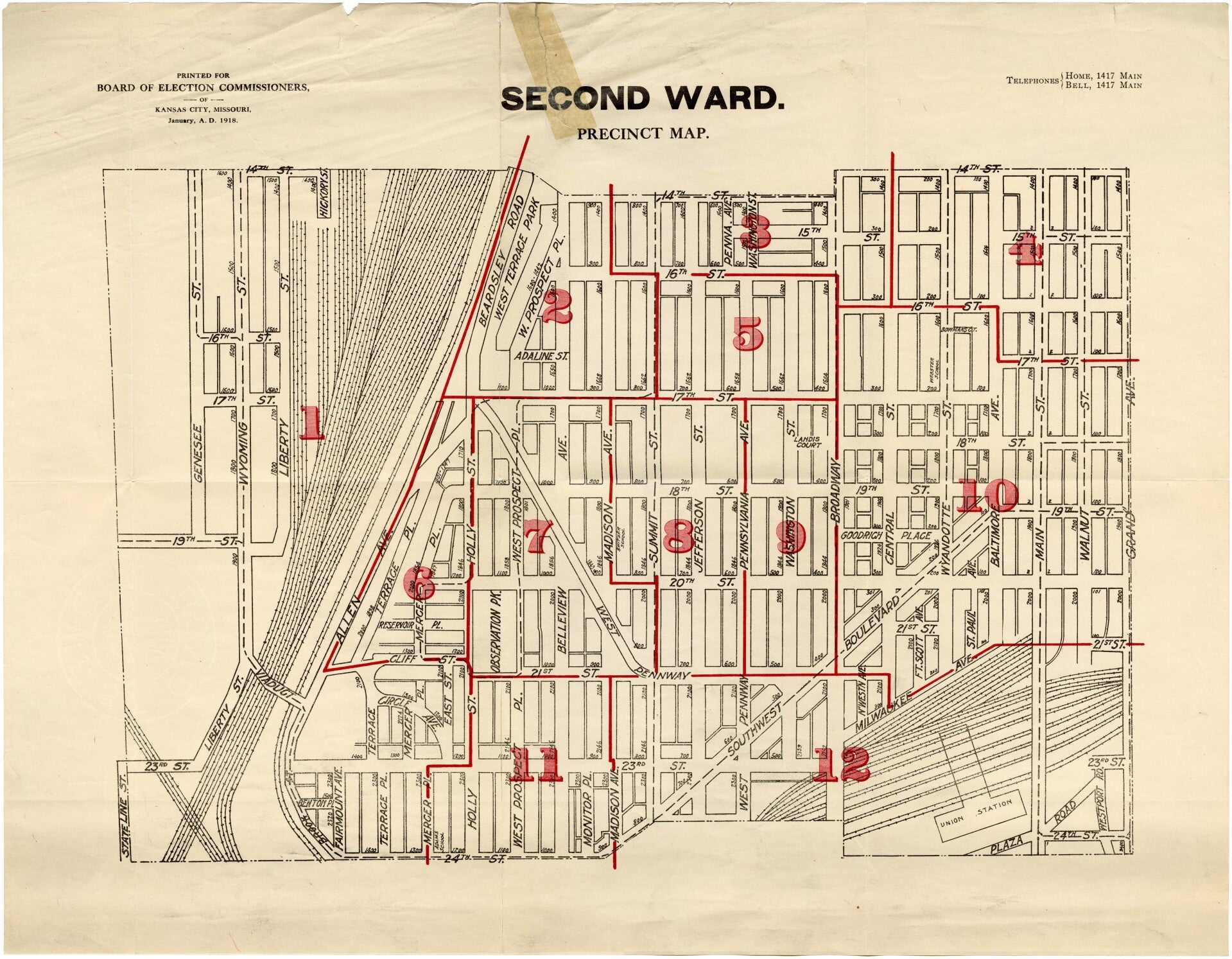
Maps of Kansas City
Unfortunately, the map of the Kansas City Business District that I used during my research for the book is no longer available online. This collection of maps, however, will provide a good idea of how Kansas City appeared during Prohibition. The locations in the books mainly take place in Wards 1, 2, 5, and 6.
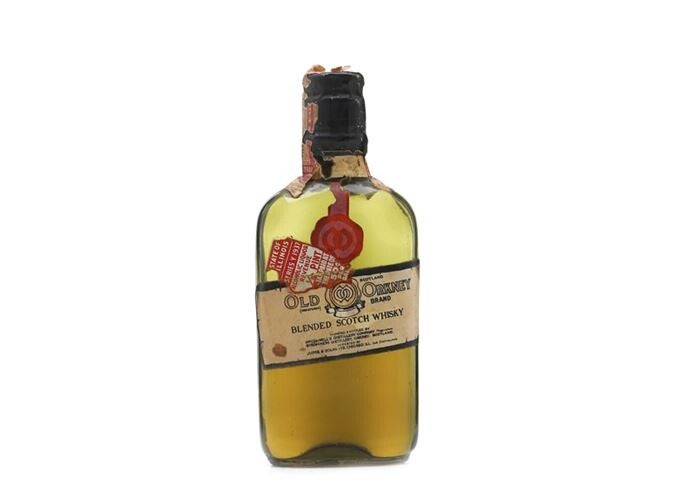
History of Whisky in Orkney, Scotland
Whisky production in Orkney, Scotland, dates back to at least the late 18th century, with the establishment of Highland Park Distillery in 1798 by Magnus Eunson, a descendant of Viking settlers, who initially operated it as an illicit still. The Scapa Distillery was founded in the late 1880s. These two distilleries are the primary producers in the region today, renowned for their full-bodied, smoky, and salty whiskies, which are shaped by Orkney's unique environment and the use of Bere Barley and heather-infused peat.
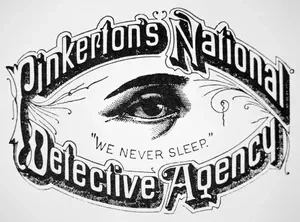
Pinkerton in Kansas City
Given the prevalence of railroads and the Pinkerton agency's origins, their reach extended into Kansas City, a major hub for railroads and a natural area for their services.
By the 1920s, Pinkerton operatives were also involved in investigations for insurance companies, with a primary focus on recovering stolen automobiles. John Giles Hagan, who worked for Pinkerton in Kansas City before founding his own detective agency, the Midwest Secret Service Detective Agency in 1919, learned his illicit trade during his time at Pinkerton.
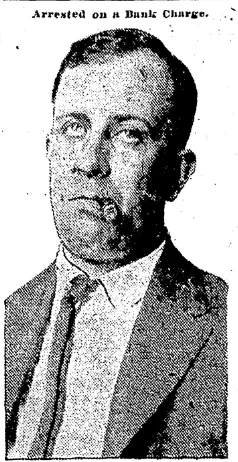
The real Alistair Gage: John G. Hagan
John G. Hagan was a corrupt detective and criminal mastermind who was central to Kansas City's organized crime scene in the 1920s before the mafia and the Pendergast Machine. After starting as an honest investigator, he led a notoriously crooked detective agency, became involved in bank robberies and a massive stolen car ring, and repeatedly evaded justice.
-
A promising start: Hagan, the son of a lawyer, began his career at the respected Pinkerton Detective Agency before founding his own company around 1919 with a partner.
-
Hiring criminals: He soon began staffing the Midwest Secret Service with police officers who had been fired from the Kansas City Police Department (KCPD) for various offenses. This immediately raised suspicion from law enforcement.
-
An agency of thieves: In 1922, eight of Hagan's operatives were arrested for robbing businesses they were paid to protect as night watchmen. Some confessed, admitting that their superiors encouraged them to engage in corrupt practices. Hagan denied any knowledge and, again, avoided charges.


